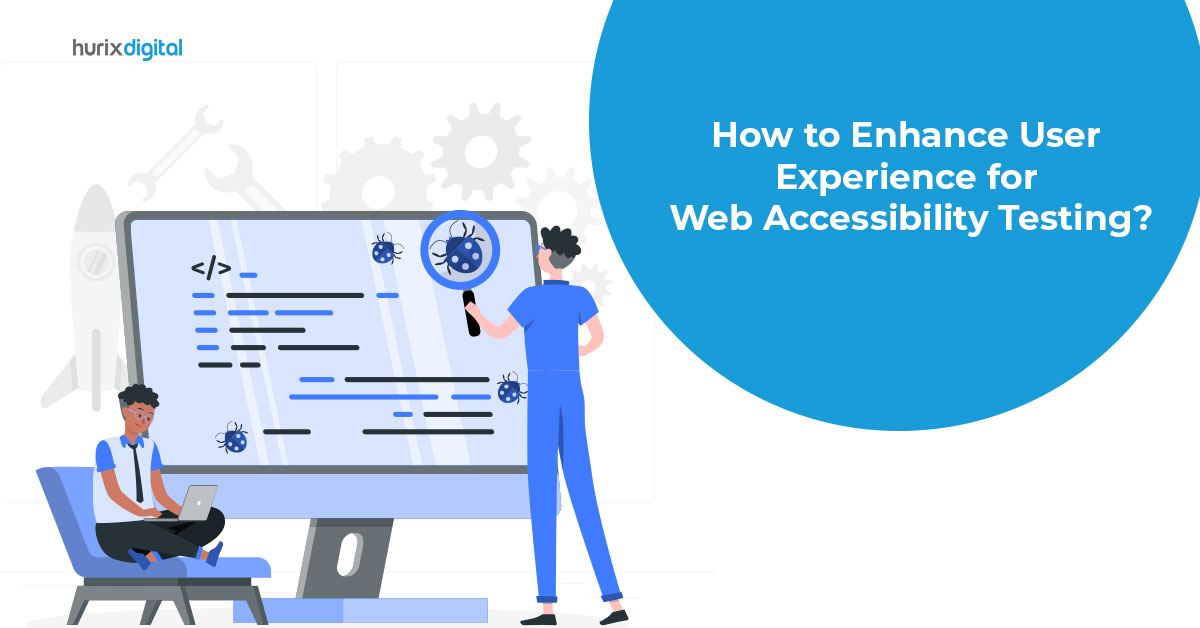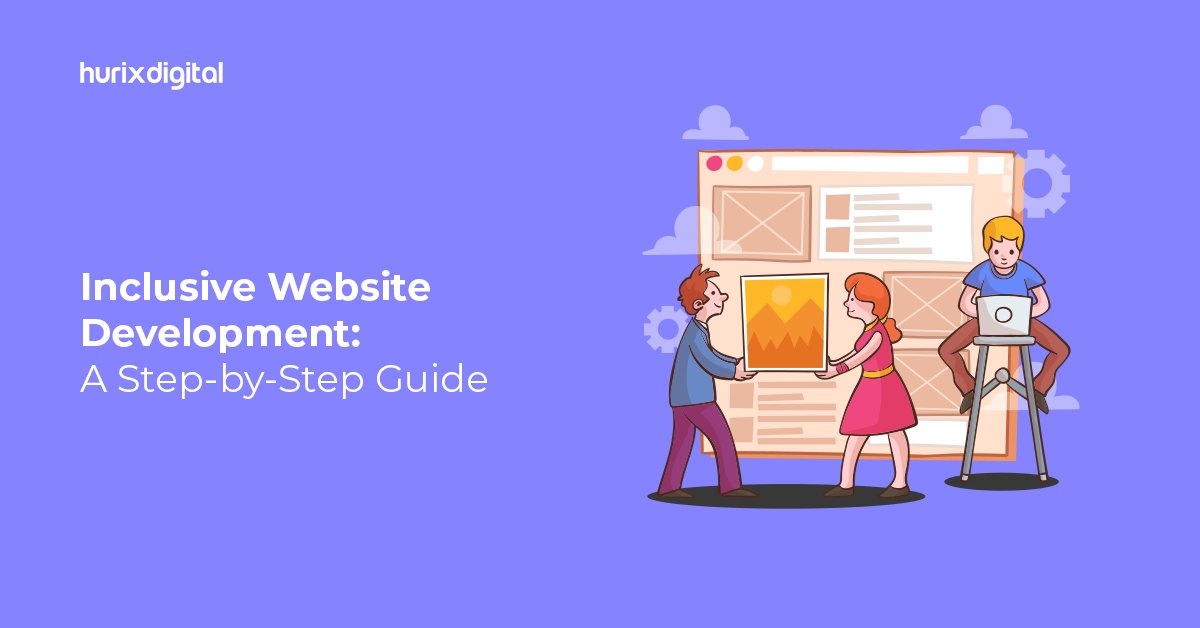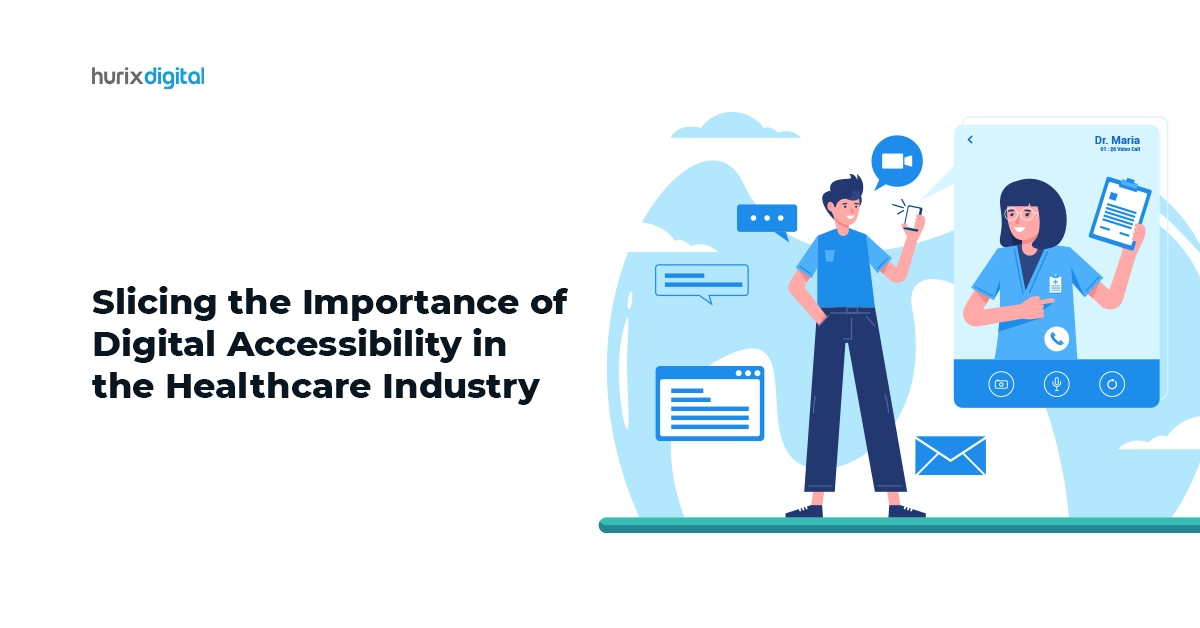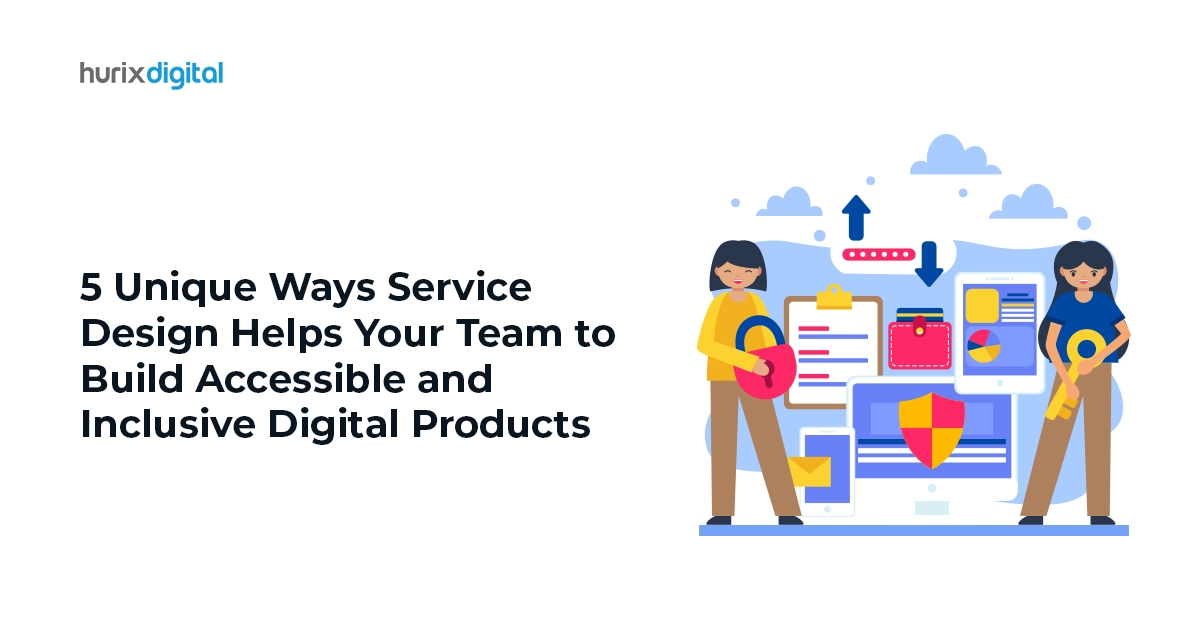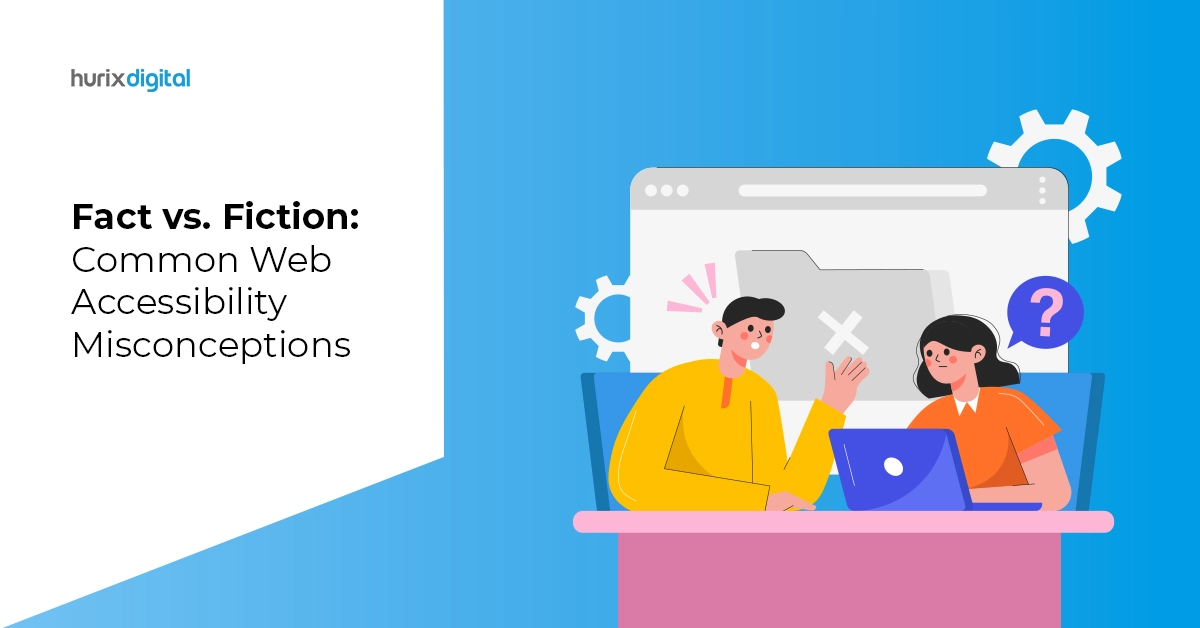
Fact vs. Fiction: Common Web Accessibility Misconceptions
Summary
This blog debunks common misconceptions around web accessibility, explaining its broad importance beyond assisting the visually impaired, the need for human input alongside automation tools, and how proper implementation fosters creativity.
To make an online experience accessible, one must design it for a wide variety of users, regardless of their level of ability. Making a website accessible is becoming a fundamental inclusion requirement in today’s digitally dependent world, not just a side issue.
Websites ought to be engaging and easy to use, regardless of one’s level of expertise. With a basic awareness of web accessibility and its legal ramifications, you can start the process of building an inclusive website.
Table of Contents:
Exposing the Truth Behind Web Accessibility Myths
While many may have false beliefs or come across misleading information about web accessibility requirements, this guide seeks to debunk these misconceptions and provide you with the tools you need to create a digital environment that is truly inclusive.
1. Website Accessibility Only Benefits a Tiny User Base
This misconception is perhaps the most pervasive and stems from the often invisible nature of many disabilities. Visual, auditory, and some types of impairments may not be readily apparent, and the limitations they impose can make it challenging for individuals to participate fully in online activities.
Consequently, many website owners underestimate the number of individuals with disabilities who would benefit from web accessibility features.
The reality paints a different picture. According to estimates from around the world, a sizeable section of the populace is disabled. 1.3 billion people worldwide — or 16.7% of the total population — live with a disability. This number, which stands at a startling 26% in the US alone, illustrates the sizeable audience that inaccessible websites have the potential to exclude.
2. Accessibility is a Costly and Time-Consuming Endeavor
The misconception that accessibility implementation is a resource-intensive undertaking is a significant barrier to its adoption. However, the reality is more encouraging. A substantial portion of web accessibility issues can be addressed through readily available automated tools. This significantly reduces the time and financial investment required.
These tools can identify and rectify common accessibility errors, often within a short timeframe. Furthermore, integrating web accessibility principles from the design phase rather than as an afterthought enables an efficient and cost-effective approach. This “shift-left” approach eliminates the need for expensive retrofitting later in the development cycle.
Also Read: Section 508 Accessibility Standards: Key Guidelines, Significance, and More!
3. Accessibility Solely Addresses Visual Impairments
Many people believe that accessibility is restricted to the field of vision impairments due to a common misperception. Sight-related problems are certainly an important component of accessibility considerations, but they are only one portion of a larger spectrum.
Interacting with digital content can be hampered by a wide range of limitations, including deafness, cognitive limitations, and motor control difficulties. Web accessibility best practices include all of these elements, guaranteeing that everyone has an equal chance to interact with online content.
For example, those who are hard of hearing rely on transcripts or captions to understand audio information. Conversely, those with motor limitations may require alternative input methods or software for navigation purposes.
Similarly, simple, succinct language and clean design components are beneficial for individuals with cognitive problems like dyslexia or ADHD. The emphasis on accessibility also includes people with situational limits brought on by bright light or loud surroundings, as well as those with transient disabilities like a broken limb or temporary vision loss.
4. Automated Tools Guarantee Accessibility
While automated accessibility testing tools offer valuable assistance, they are not a silver bullet. A common misconception is that simply implementing such tools on a website ensures complete accessibility. The reality is that artificial intelligence, despite its sophistication, cannot fully replicate human judgment.
Automated tools struggle to interpret context or intent within content, potentially leaving crucial accessibility errors undetected. This can expose your organization to potential legal risks. However, automated tools do hold merit. They are an essential component of a comprehensive accessibility toolkit, alongside regular monitoring, manual testing by human experts, detailed reporting, and user-submitted feedback mechanisms.
While automated assessment methods are great for catching many accessibility issues quickly, they cannot replace human testers. These technologies can detect when an image’s alt text is missing, but they are unable to determine whether the text is understandable and helpful. The best strategy for creating and sustaining an accessible online experience is a hybrid one that makes use of both human and technological skills.
5. Accessibility Compromises Visual Appeal
A persistent misconception suggests that prioritizing accessibility necessitates sacrificing aesthetics and visual appeal. This notion likely stems from the early days of the internet, when technical limitations restricted the ability to develop an accessible website that is visually appealing. Early accessible sites, often relying solely on text, were perceived as the pinnacle of accessibility. Fortunately, modern web design and development practices have revolutionized the accessibility landscape.
Thankfully, current web design and development methods have transformed accessibility. Nowadays, websites can have a pleasing aesthetic and be easy to navigate. The WCAG standards stress the importance of keeping information accessible to all users without restricting the use of images, videos, or JavaScript.
This can be accomplished in several ways, including keyboard controls for interactive features, alternate text explanations for images, and captions and transcripts for films. In summary, accessibility fosters rather than inhibits creativity.
6. Accessibility is Solely a Web Developer’s Responsibility
One of the main obstacles to creating an inclusive digital environment is the false belief that accessibility is the exclusive responsibility of web developers. Although developers are unquestionably essential, accessibility is a shared responsibility.
The intricate web development ecosystem involves numerous interdependent technologies, each with the potential to impact user experience. Inconsistencies or limitations within browsers, media players, assistive technologies, authoring tools, and accessibility assessment tools can all hinder accessibility efforts.
This complex environment can understandably lead to frustration among developers when user agents or authoring tools lack reliable support for accessibility features. However, collaboration is key. When user agents offer functionalities that can enhance accessibility, developers should leverage them to create compliant websites.
Enabling accessibility requires a company-wide commitment. Lone champions for accessibility often face burnout due to a lack of necessary support regarding budget allocation, resource availability, and leadership buy-in.
Check out EXCLUSIVE: Hurix Digital Develops Accessible Math Videos for K-12 Students
The Bottom Line
By dispelling popular misconceptions and promoting teamwork, we can work towards creating a digital environment that is genuinely inclusive. Accessibility is not simply a checkmark; it is essential for building an inclusive online space for all. Prioritizing accessibility at the beginning, as opposed to adding it later, is not just a way to ensure inclusivity but also a method to increase efficiency and protect against lawsuits.
Through making accessibility a core principle, Hurix Digital enables every user to interact with the vast opportunities of the digital world. Hurix Digital boasts a team of accessibility veterans equipped to deliver a full spectrum of solutions. From meticulous audits to expert implementation guidance, we ensure your digital content is WCAG and ADA-compliant, guaranteeing an inclusive experience for all users.
Don’t leave accessibility to chance. Contact Hurix Digital today for a free consultation.

Vice President – Digital Content Transformation. He is PMP, CSM, and CPACC certified and has 20+ years of experience in Project Management, Delivery Management, and managing the Offshore Development Centre (ODC).
